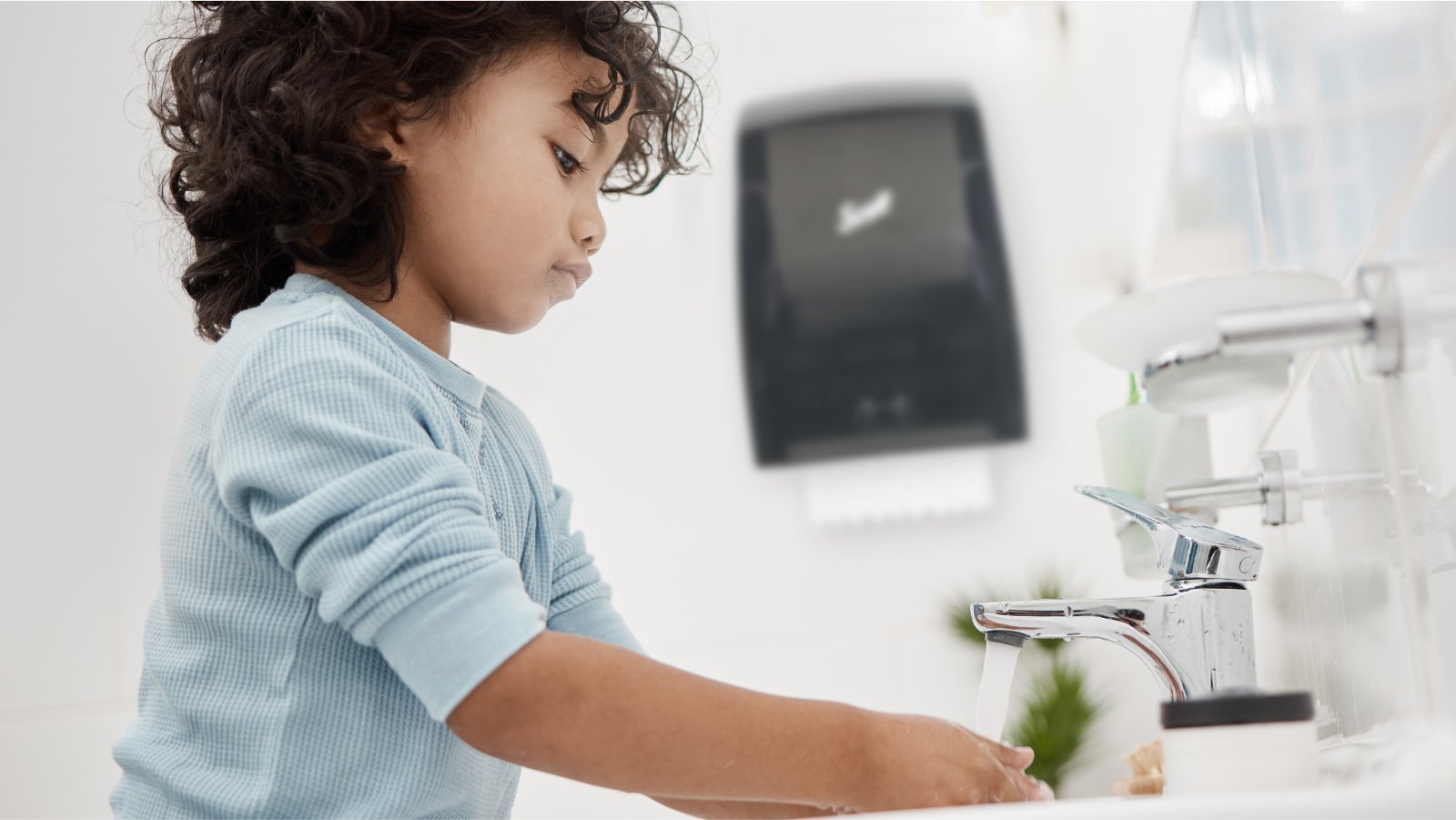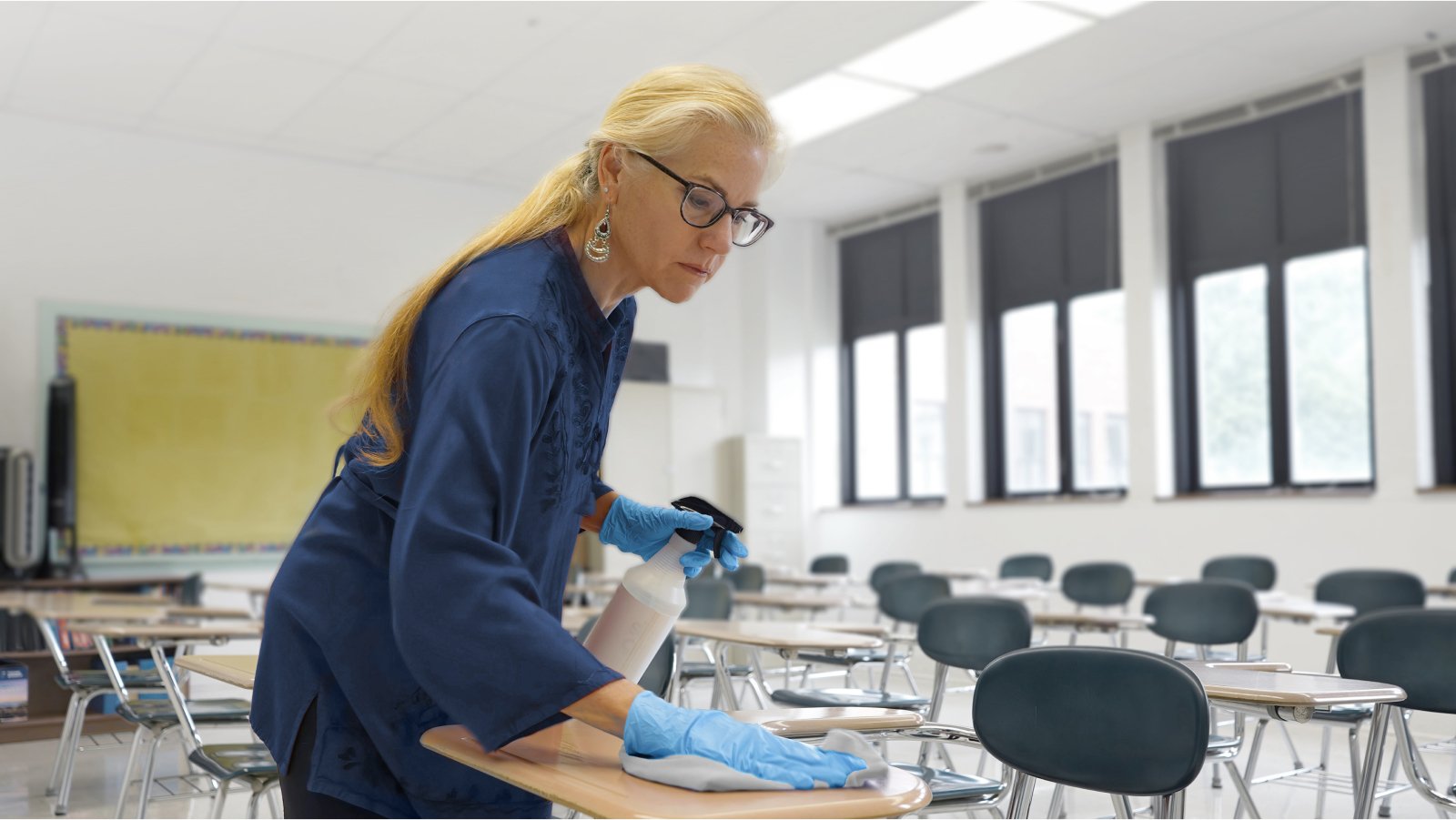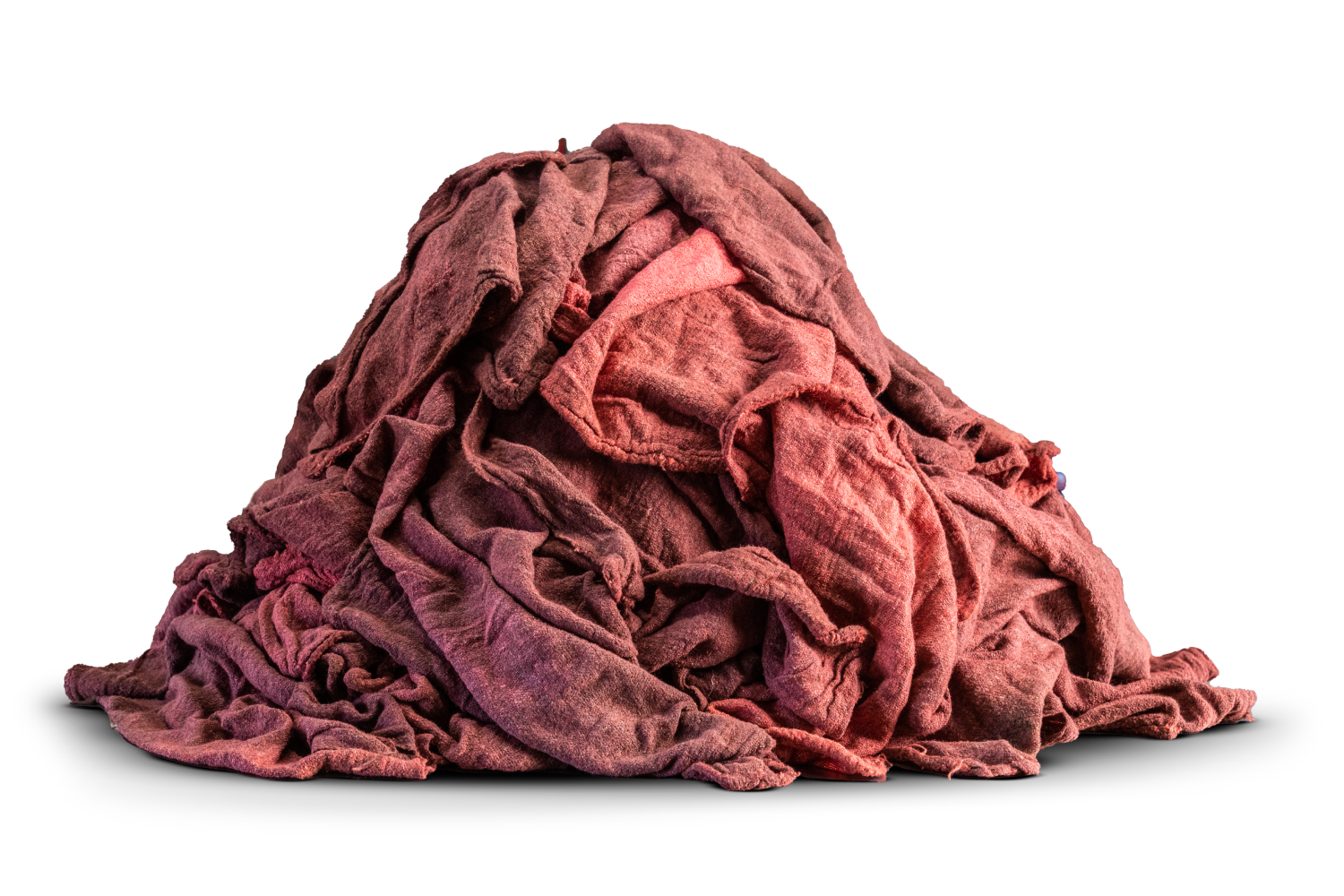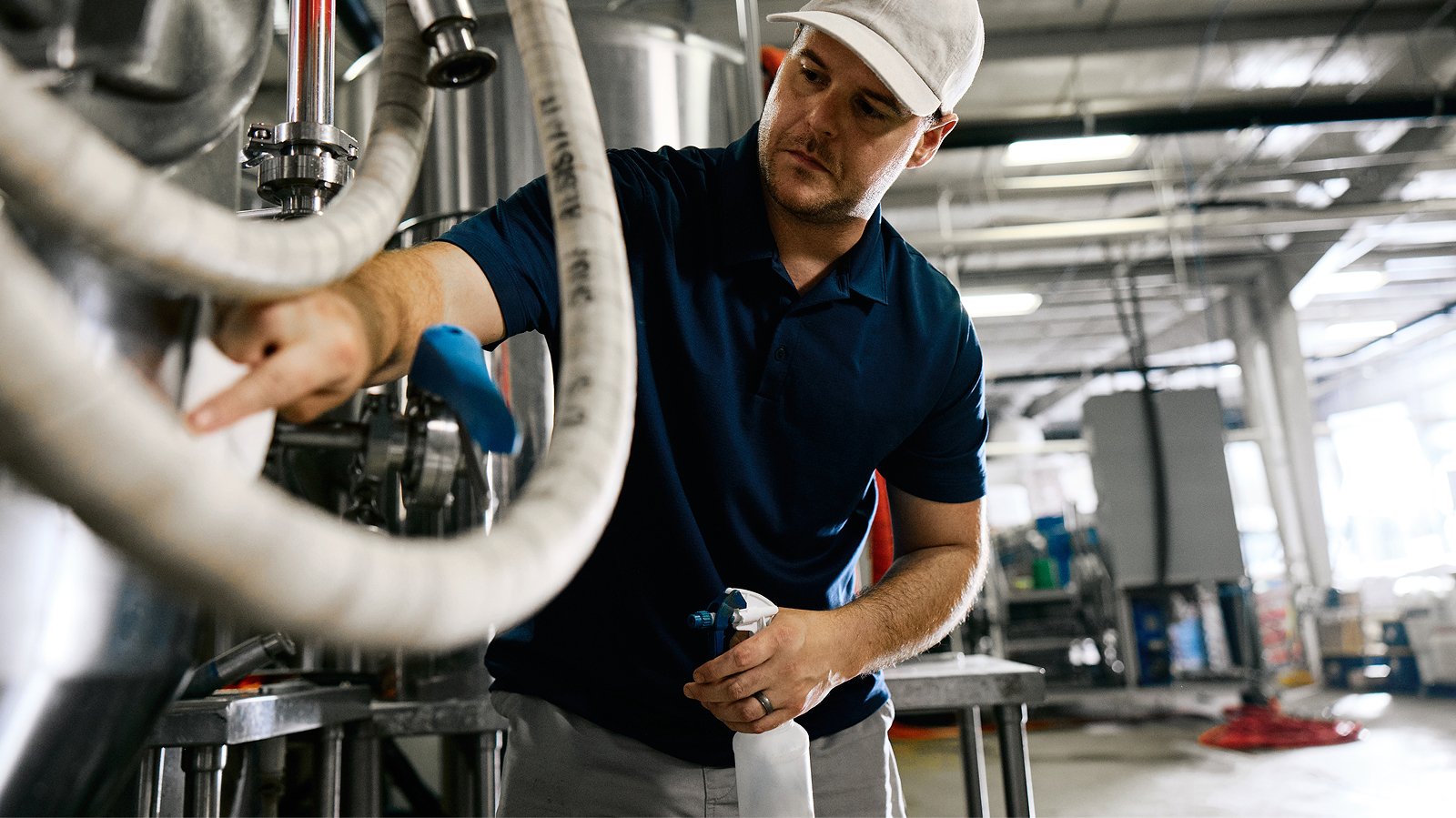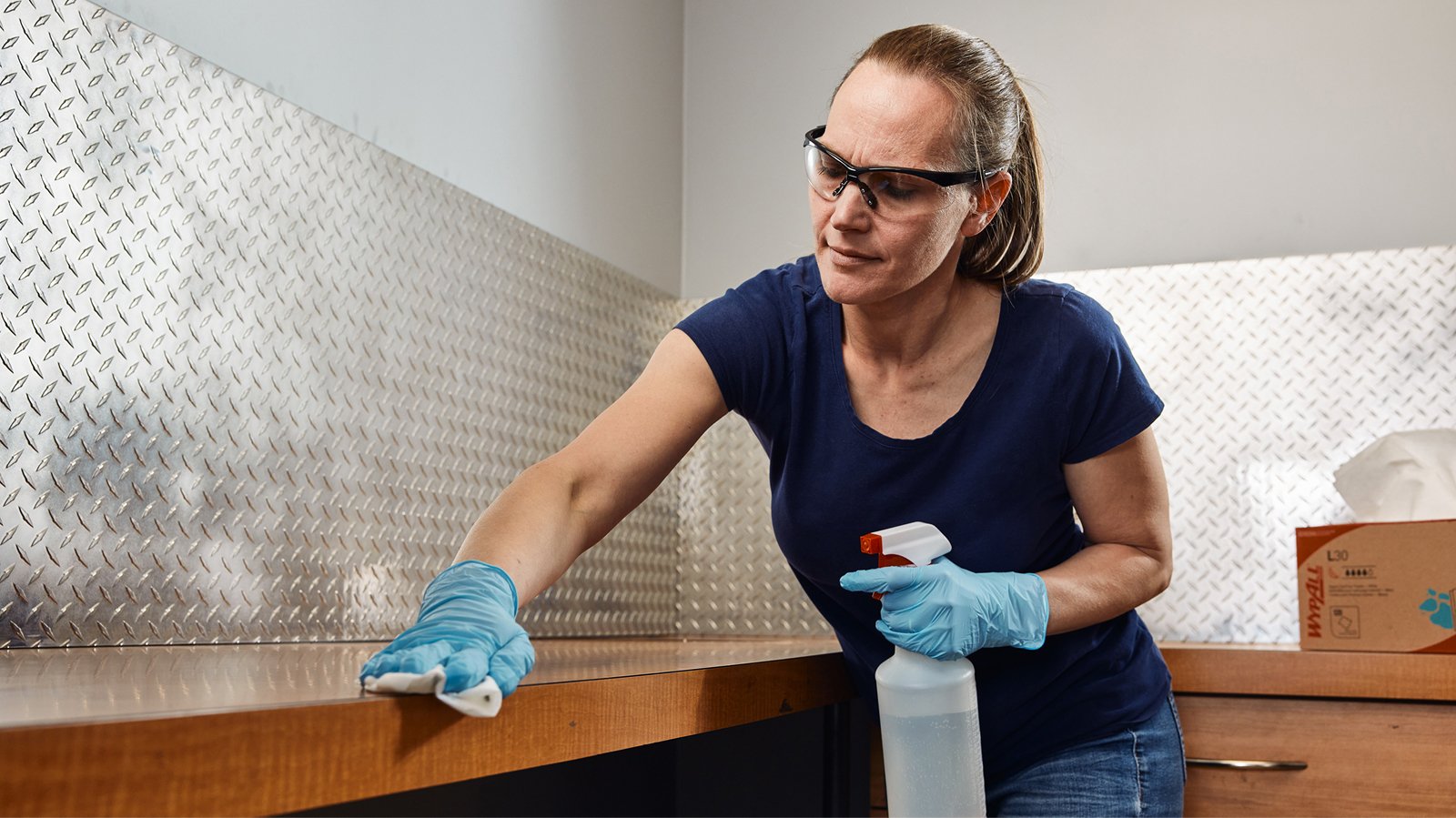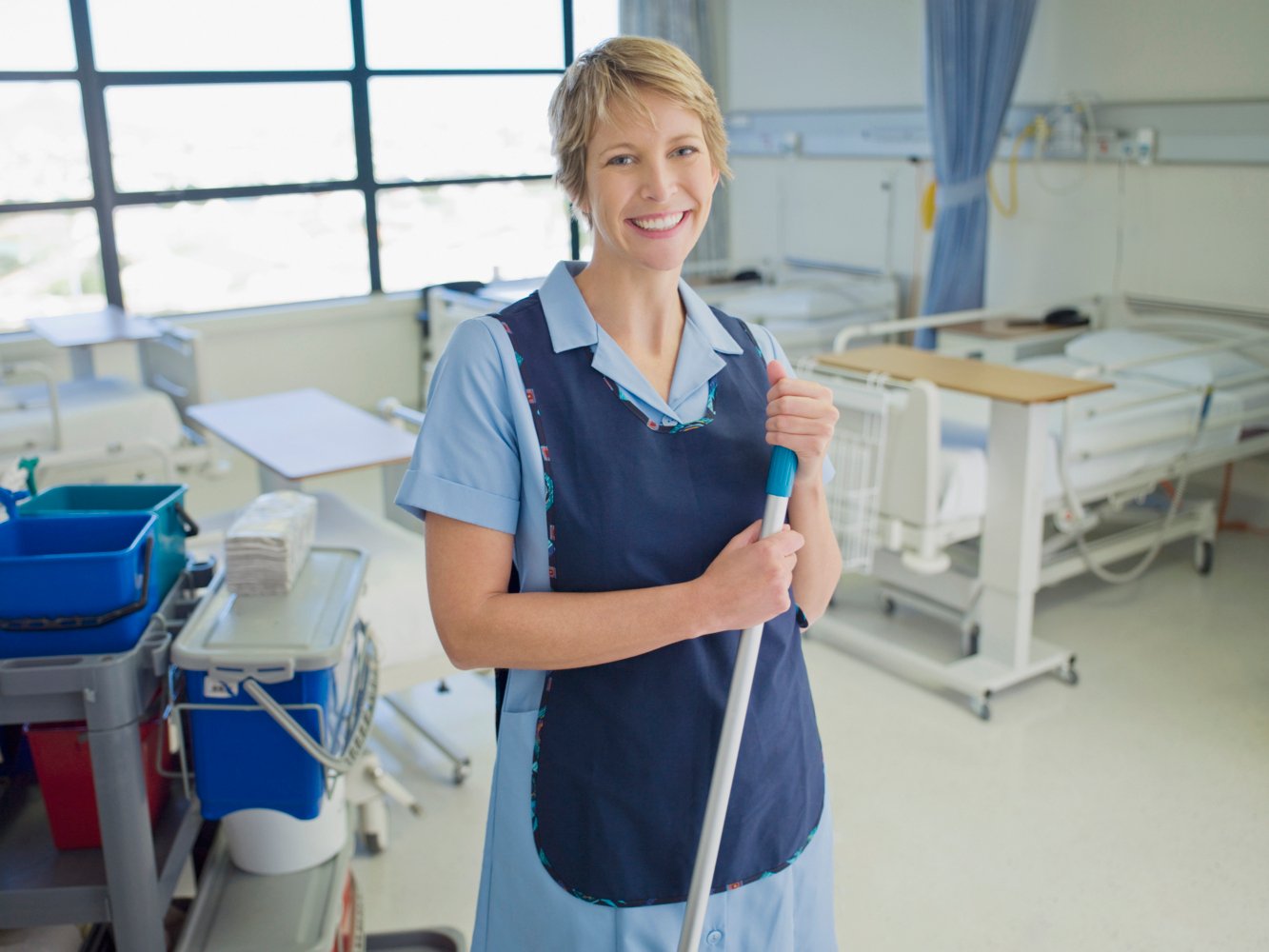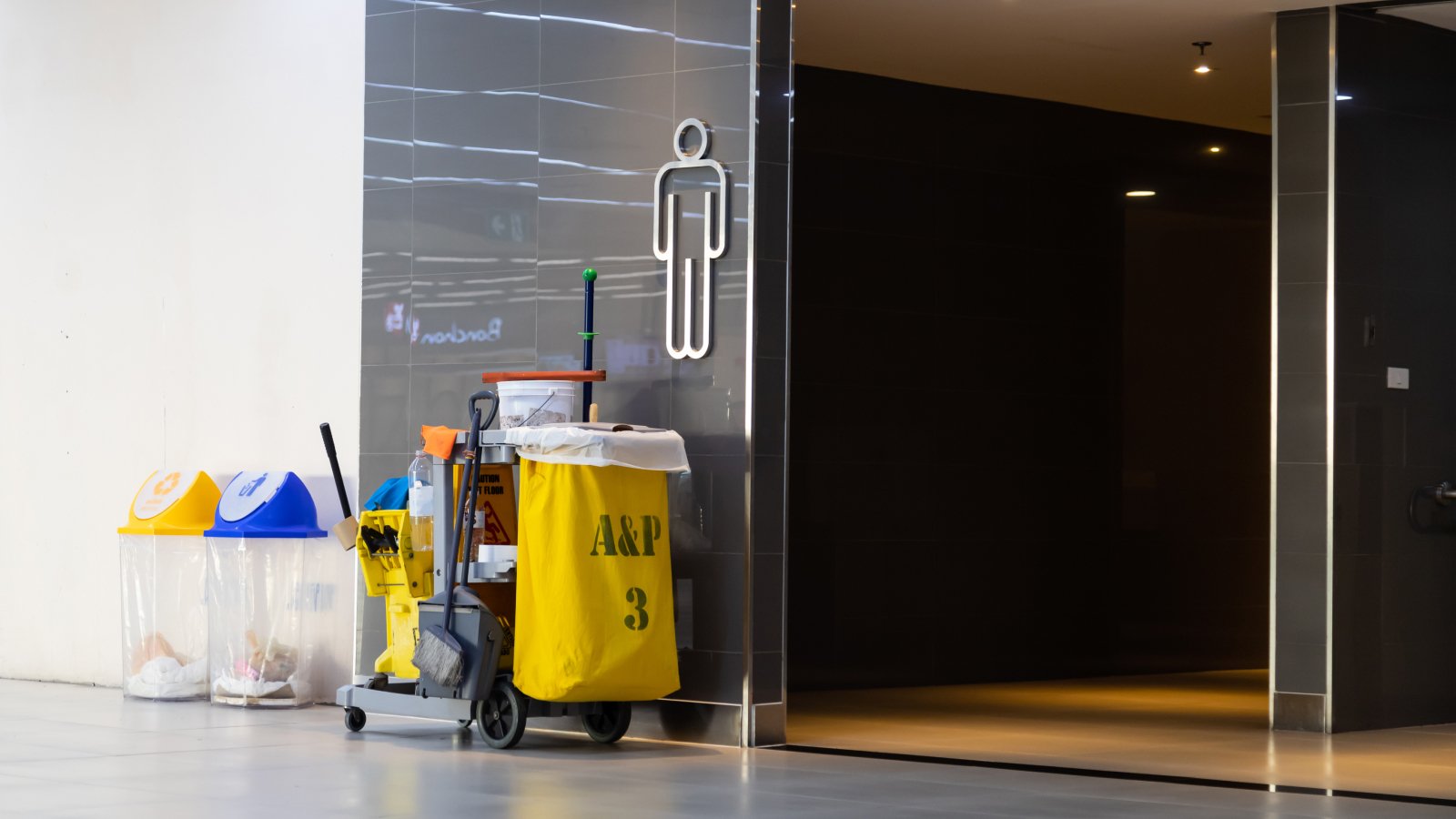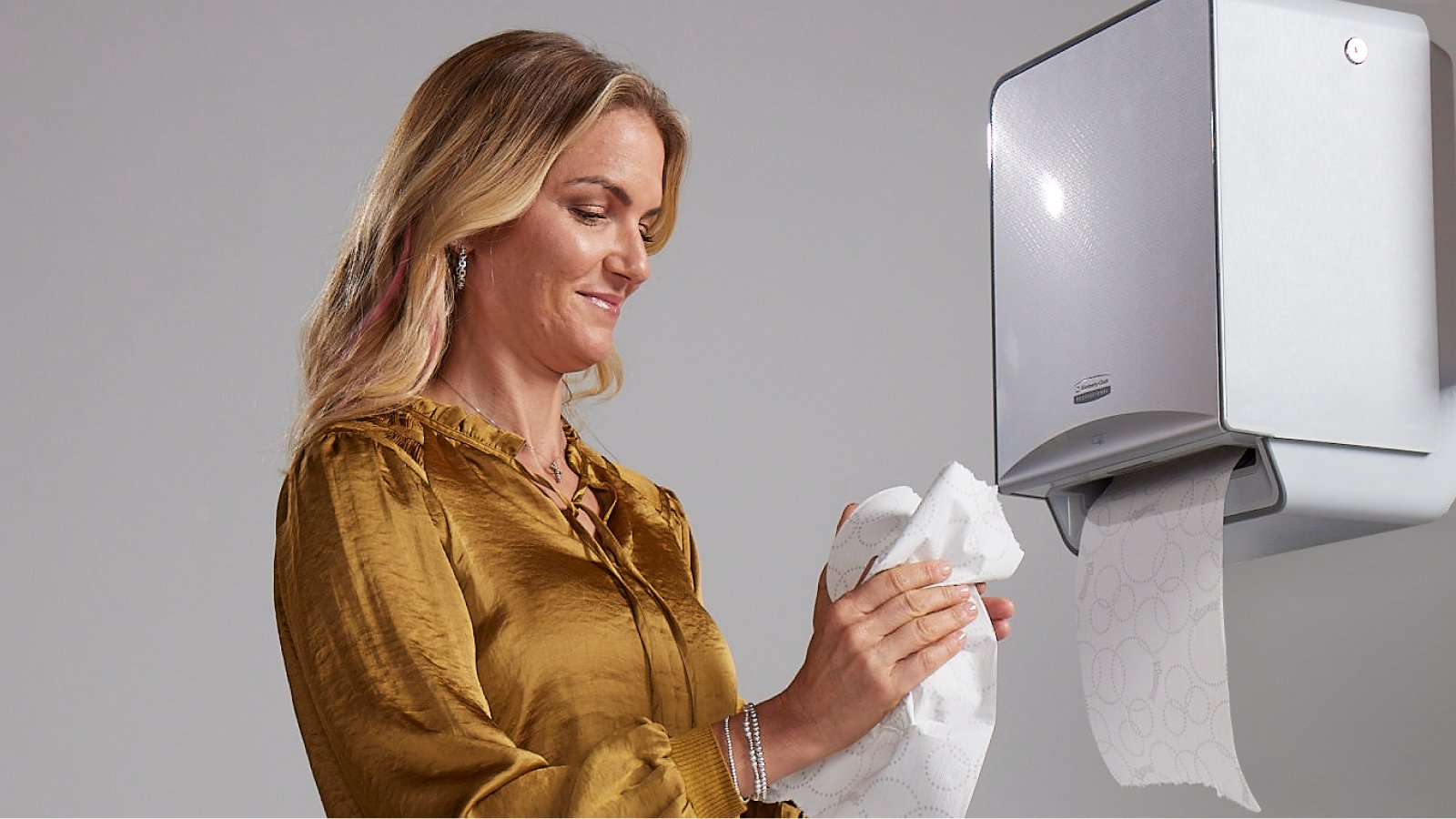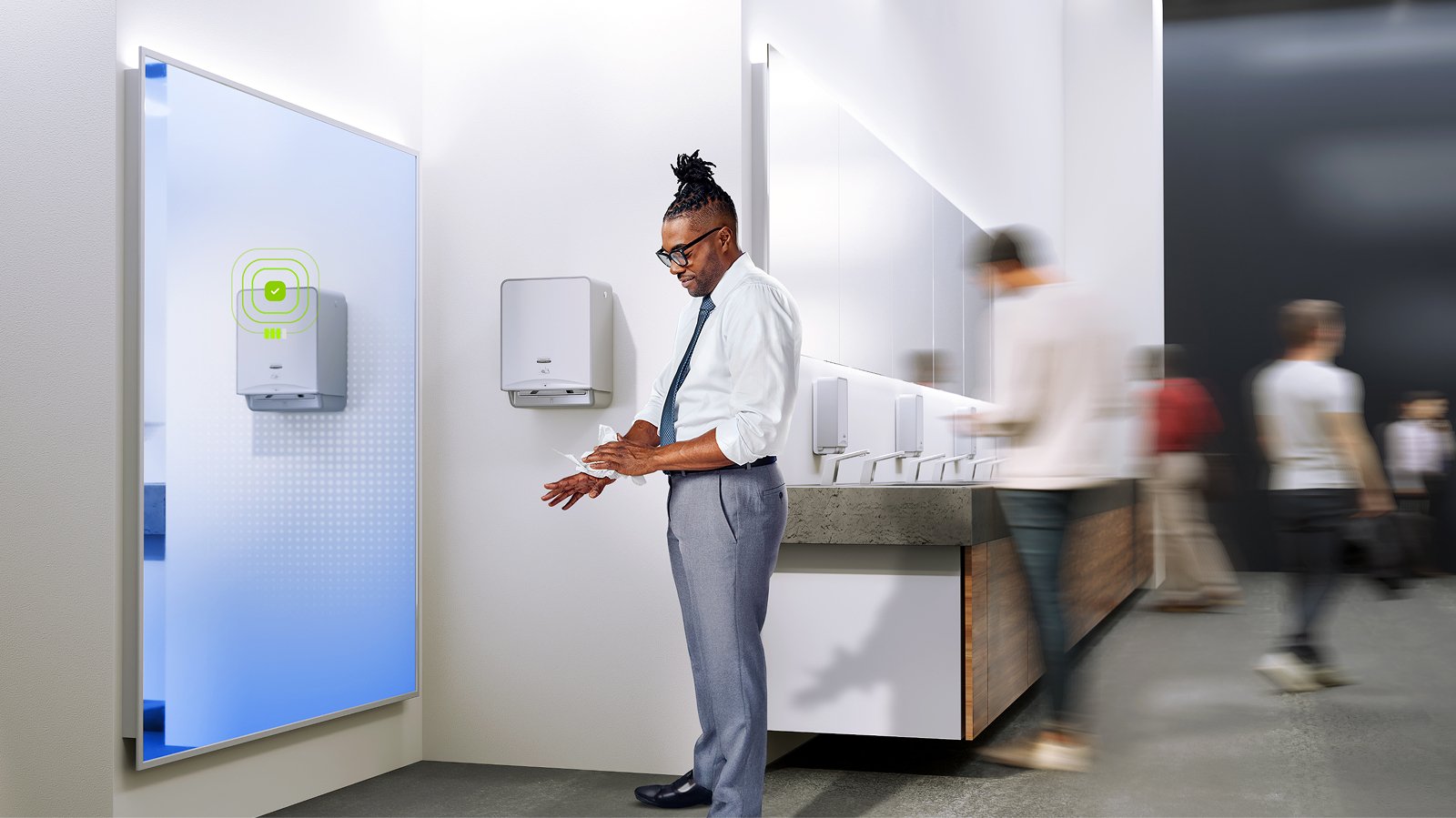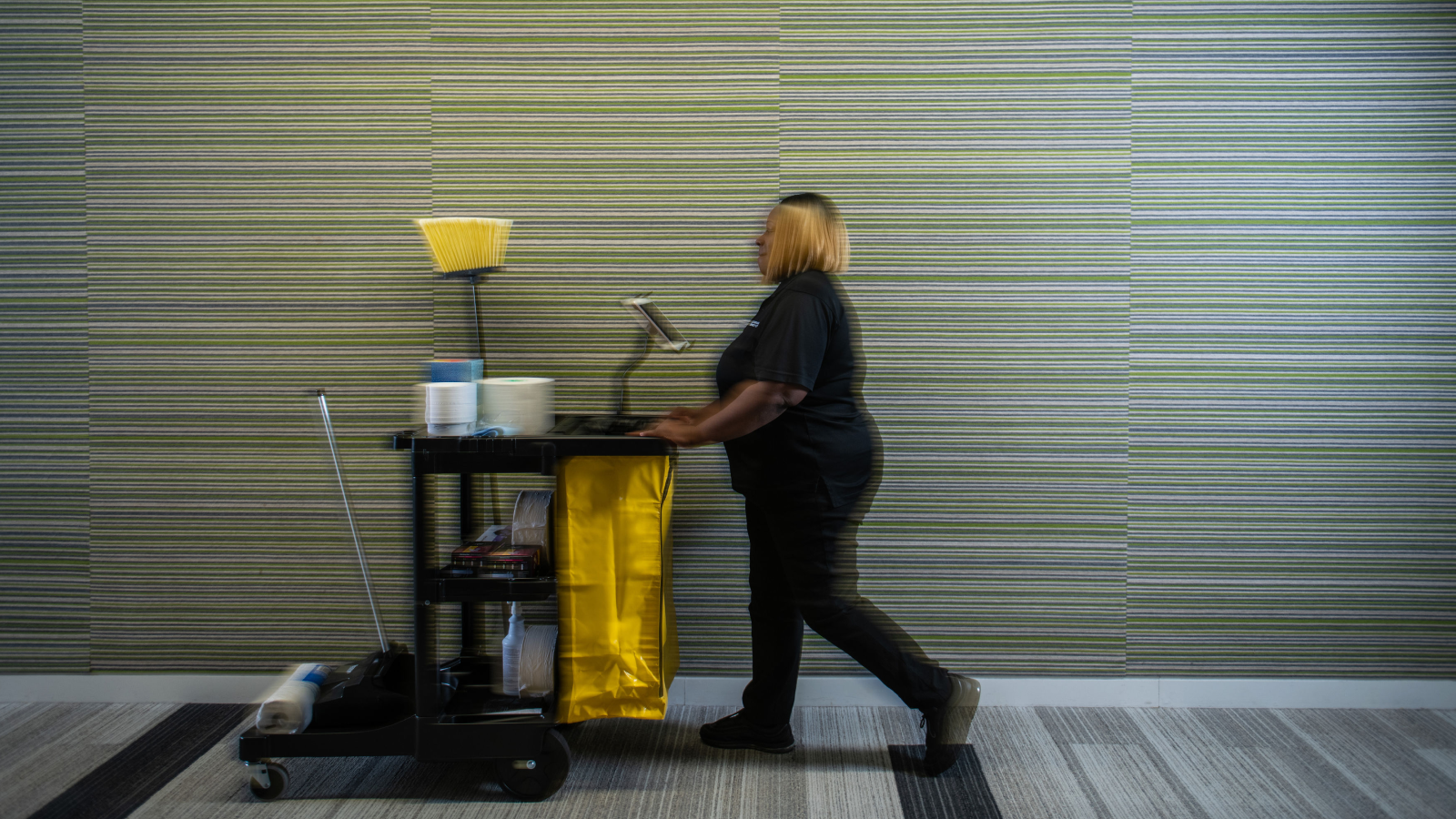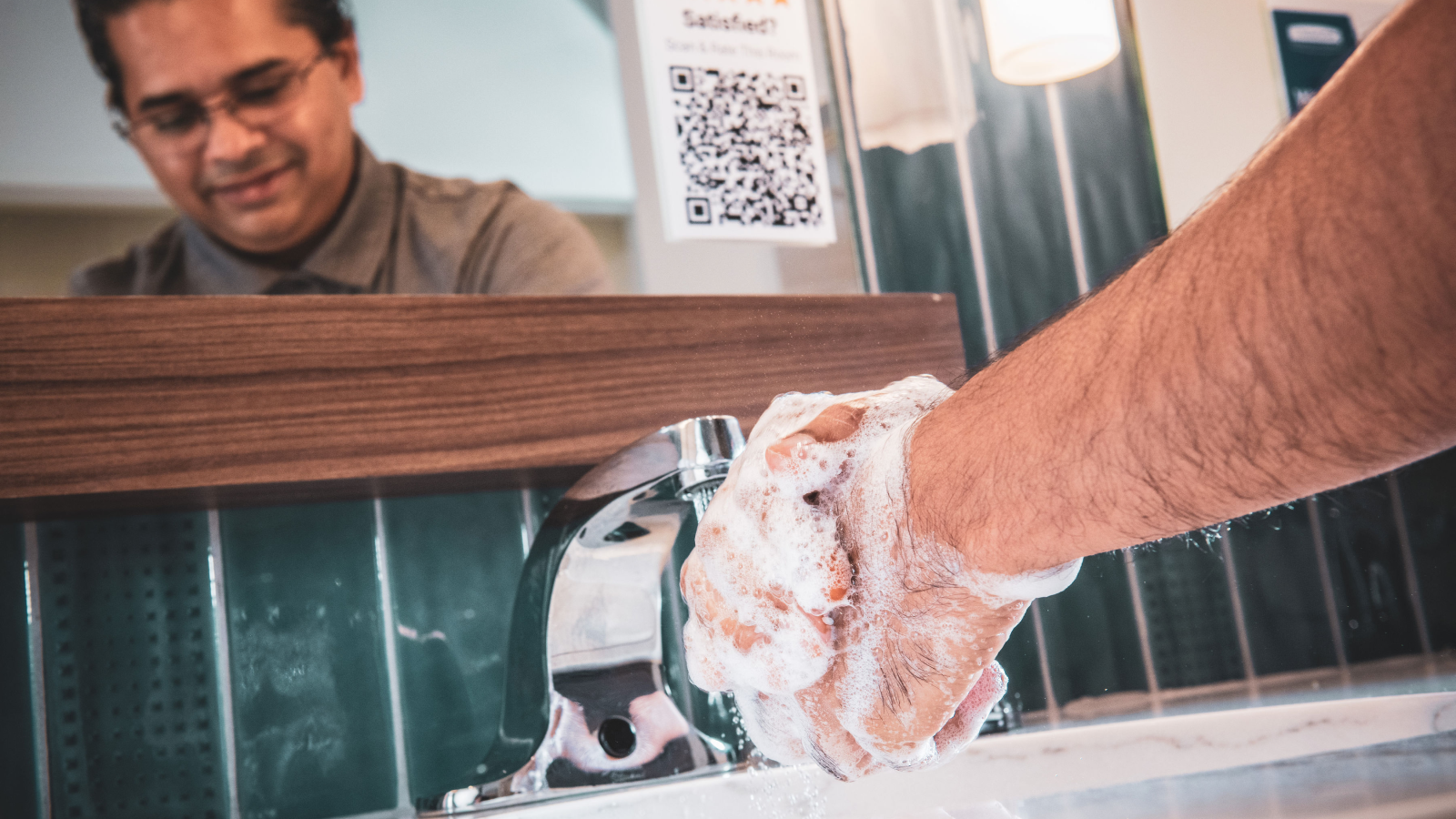Last Updated JULY 2025
FAQs for Facility Managers and Procurement Managers
Get your cleaning questions answered to enhance the hygiene standards of your facility, help minimize the risk of germ spread and create a welcoming environment that prioritizes the well-being of everyone who enters.
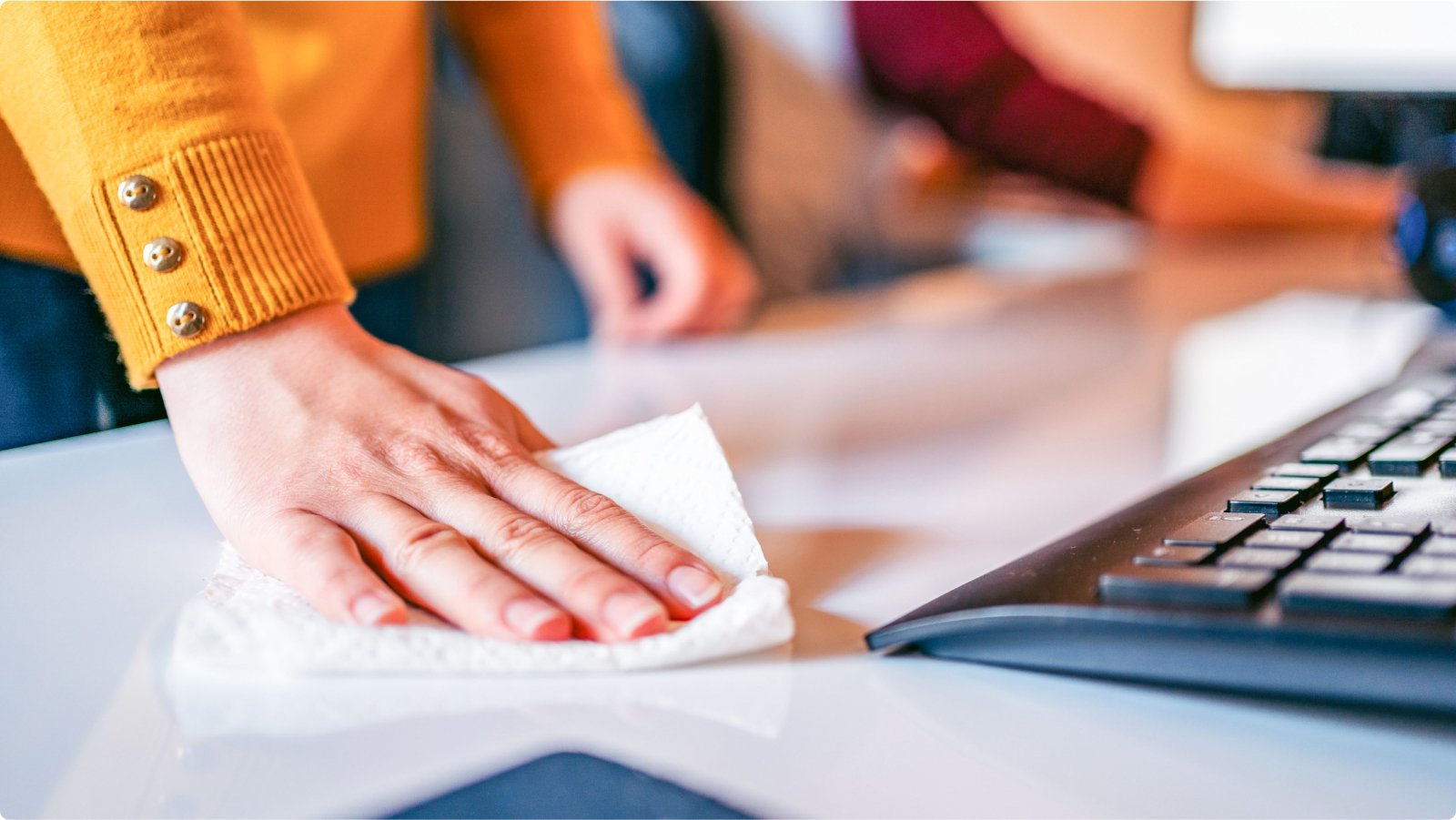
Cleanliness within a facility is more than just maintaining a polished appearance — it’s about ensuring a hygienic environment that supports productivity and well-being. This article addresses frequently asked questions from facility and procurement managers, providing practical insights into best practices for hand and surface hygiene.
By implementing these strategies, you can elevate your facility's hygiene standards and create a cleaner, more welcoming environment for all.
Q.
Why is maintaining a clean surface important?
In any facility, surfaces can quickly become hot spots for germs, bacteria and viruses — especially in high-touch areas. Maintaining clean surfaces is essential for preventing the spread of illnesses, such as respiratory and gastrointestinal diseases. Regular cleaning and disinfecting reduce the presence of harmful pathogens, contributing to a more hygienic environment.
This proactive approach not only enhances workplace safety, but also supports better indoor air quality and fosters a positive perception of your facility.
Q.
How can I ensure my facility is prepared for cold and flu season?
Cold and flu season poses unique challenges, but with thorough preparation, you can significantly reduce the risk of outbreaks within your facility. Key steps include increasing the frequency of cleaning high-touch areas, using effective disinfectants, and ensuring an ample supply of hand sanitizers and tissues.
Keeping restrooms clean and well-stocked and educating staff on proper hand hygiene and cough etiquette are critical. These measures demonstrate your commitment to maintaining a healthy environment during peak illness seasons.
Q.
What are the best practices for cleaning and disinfecting surfaces?
Effective cleaning and disinfecting require a strategic approach. The CDC recommends a two-step process:
- Clean first: Use detergent or soap and water to remove dirt, grime and impurities from the surface. This step is crucial as it lays the foundation for effective disinfection.
- Disinfect: Apply an EPA-registered disinfectant to kill germs on the surface. Providing disposable wipes for employees to clean frequently touched surfaces can further enhance cleanliness throughout the day.
This method ensures that surfaces are not only visibly clean, but also hygienic, reducing the potential for infection.
Q.
What is the difference between cleaning, disinfecting and sanitizing?
Understanding the distinctions between these terms is key to implementing an effective hygiene strategy:
- Cleaning involves removing dirt, germs and impurities from surfaces using soap and water. While it doesn’t kill germs, it reduces their numbers and lowers the risk of spreading infections.
- Disinfecting involves using chemicals to kill germs on surfaces. This step is crucial after cleaning to ensure a thorough reduction of pathogens.
- Sanitizing lowers the number of germs on surfaces to a safe level, as determined by public health standards. This can be achieved by either cleaning or disinfecting, depending on the situation.
Knowing when to clean, disinfect or sanitize helps ensure your facility maintains the highest standards of hygiene.
Q.
How can I ensure the cleaning products I choose are effective and compliant with industry standards?
Selecting the right hygiene products is essential for achieving both efficacy and compliance. Consider the following steps:
- Check certifications: Opt for EPA-registered products or those with certifications that meet recognized industry standards. These certifications indicate the product's effectiveness and safety.
- Read labels: Review product labels carefully to understand active ingredients, efficacy claims and usage instructions. Ensure the products align with your facility’s specific needs.
- Consult experts: Leverage the expertise of industry professionals or suppliers who can recommend the best products tailored to your facility’s requirements.
By following these guidelines, you can be confident that your cleaning protocols meet industry standards and effectively protect your facility.
Q.
What are the benefits and limitations of using microfiber cloths for cleaning?
Microfiber cloths are widely recognized for their high absorbency and durability, making them a popular choice for various cleaning tasks. However, their effectiveness in disinfecting surfaces may be limited if not properly maintained. Issues such as reduced performance of disinfectants and challenges with laundering can impact their efficiency.
Q.
How can facility managers optimize cleaning protocols to enhance overall hygiene and efficiency?
Optimizing cleaning protocols involves both strategic planning and ongoing evaluation. Here are key considerations:
- Regular assessment: Continuously evaluate high-touch surfaces and areas that require frequent attention. This helps ensure that no critical spots are overlooked.
- Training: Provide thorough training for staff on proper cleaning techniques and the correct use of products. Well-trained staff ensure consistency and effectiveness in your cleaning efforts.
- Equipment maintenance: Regularly maintain and service cleaning equipment to ensure it operates efficiently and effectively. Properly functioning equipment supports optimal cleaning outcomes.
- Monitoring and feedback: Implement systems for monitoring cleanliness and gathering feedback from occupants. This continuous loop of assessment and improvement helps maintain high hygiene standards.
By focusing on these areas, facility managers can streamline their cleaning protocols and achieve better hygiene outcomes with greater efficiency.
Q.
What are the proper steps for handwashing?
Proper handwashing is a simple yet powerful tool for preventing the spread of germs. Here are the 6 recommended steps:
- Wet your hands with clean, running water.
- Apply enough soap to cover all surfaces of your hands.
- Rub your hands together to create a lather, ensuring all areas, including the backs of your hands, between fingers and under nails, are covered.
- Continue scrubbing for at least 20 seconds.
- Rinse your hands thoroughly under clean, running water.
- Dry your hands using a single-use paper towel.
Adhering to these steps can significantly reduce the risk of infection and promote a more hygienic environment.
Q.
What if I don’t have soap to wash my hands?
While soap and water are the gold standard for hand hygiene, there are times when they may not be readily available. In such cases, an alcohol-based hand sanitizer with at least 60% alcohol is an effective alternative. Though it may not eliminate all types of germs, it reduces their numbers, providing a critical level of protection until you can wash your hands properly.
The Importance of Mastering Hand and Surface Hygiene
Mastering hand and surface hygiene is essential for maintaining a hygienic and efficient facility. By addressing these frequently asked questions, facility and procurement managers can implement best practices that meet industry standards while promoting a cleaner, more productive environment.
Whether you're preparing for cold and flu season or refining your daily cleaning protocols, these insights equip you with the tools to enhance your facility's hygiene management, showcasing your commitment to the health and well-being of everyone who enters.
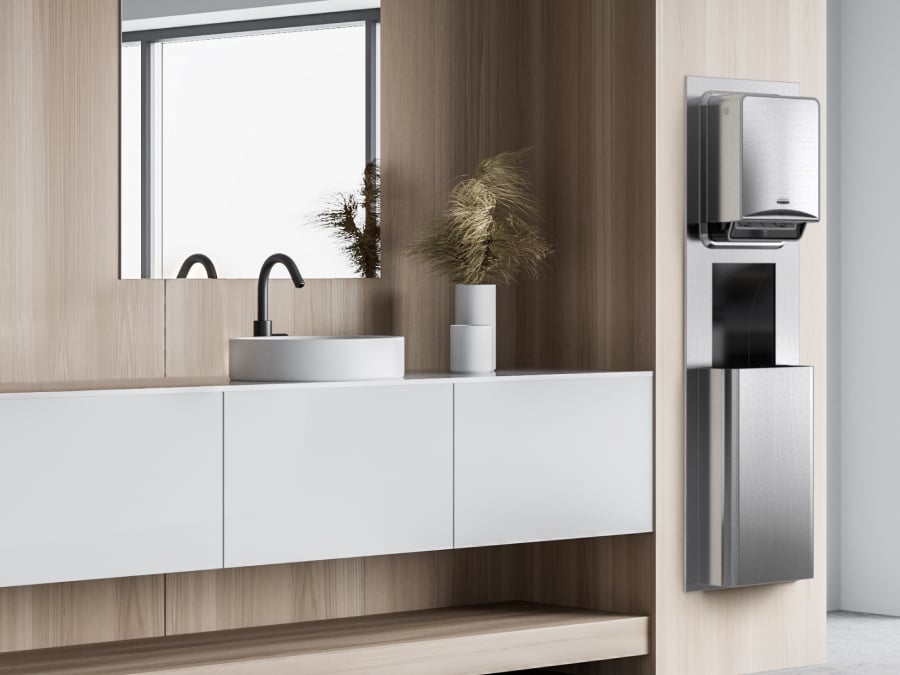
Ready to enhance your facility’s hygiene standards?
Explore our suite of trusted restroom solutions to reduce the risk of illness spread across your facility and increase productivity – improving employee satisfaction.










